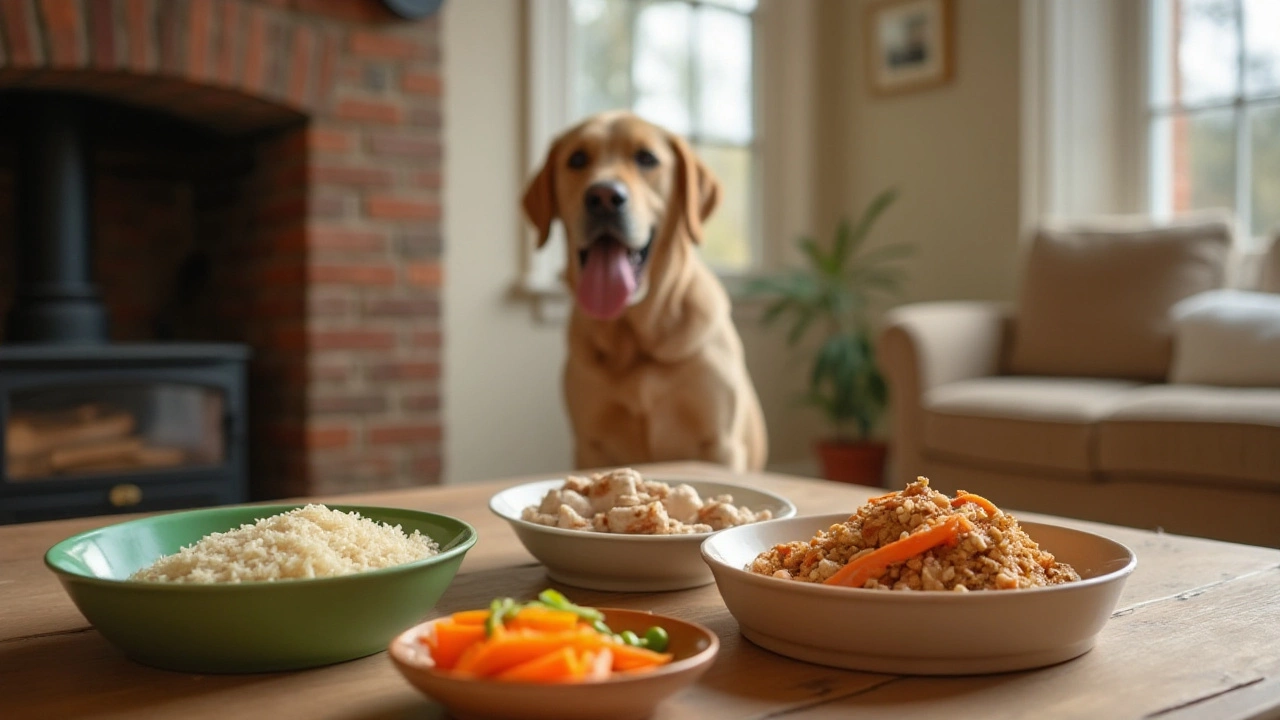Homemade Dog Meals: Simple Recipes for a Happy Healthy Pup
Cooking for your dog can feel like a big step, but it’s really just about giving your furry friend fresh, balanced food that you know is safe. You don’t need a fancy kitchen or a culinary degree – a few basic ingredients and a little planning are enough.
Why Cook for Your Dog?
Store‑bought kibble can be full of fillers and additives that your dog doesn’t need. When you make food at home, you control the quality of each ingredient, avoid unnecessary preservatives, and can tailor meals to any allergies or sensitivities. Most owners notice shinier coats, better digestion, and more energy within a few weeks of switching to a real‑food diet.
Another big plus is variety. Dogs love a mix of flavors, just like us. Rotating proteins – chicken, beef, fish, or turkey – keeps meals interesting and reduces the chance of developing food‑related skin issues.
Basic Recipe Ideas & Safety Tips
Start with a simple formula: protein, carbohydrate, and veg. A good rule of thumb is 40 % protein, 50 % carbs, and 10 % veggies. For example, combine 1 cup cooked chicken (no skin, no bones), ½ cup brown rice, and ¼ cup steamed carrots. Add a teaspoon of olive oil for healthy fats, and you have a balanced bowl.
Always cook meat thoroughly to kill bacteria, but avoid adding seasonings like garlic, onions, or excess salt – they’re toxic to dogs. Plain boiled or baked veggies work best; peas, green beans, and pumpkin are all dog‑friendly.
Supplements matter. Homemade meals often miss out on calcium, omega‑3s, and certain vitamins. A pinch of ground eggshell (for calcium) or a fish‑oil capsule can fill the gaps. If you’re unsure, check out our guide on “Supplements for Homemade Dog Food” for detailed recommendations.
Portion size depends on your dog’s weight, age, and activity level. A quick way to estimate is to feed about 2‑3 % of their ideal body weight daily, split into two meals. Adjust up or down based on weight changes after a couple of weeks.
Store leftovers in airtight containers. Refrigerate for up to three days or freeze in portion‑sized bags for up to a month. Label each bag with the date so you never lose track.
Finally, keep a food diary. Jot down what you fed, the amount, and any reactions you see – like loose stools or extra energy. This helps you fine‑tune recipes and catch any issues early.
With these basics, you can start small, test a few recipes, and gradually build a menu your dog will love. Homemade meals aren’t just a trend; they’re a practical way to give your pet the nutrition they deserve while keeping mealtime fun for both of you.
Posted By Bryndle Redding On 5 Jan 2025 Comments (0)
Affordable Human Foods for Budget-Friendly Dog Diets
When finances are tight, it can be challenging to maintain a suitable diet for your furry friend. Understanding which human foods are safe and healthy for dogs is crucial. With the right balance, affordable options like rice, vegetables, and proteins can provide necessary nutrients. It's also important to know which foods to avoid to prevent any health issues. This guide explores cost-effective solutions to feed your dog without compromising their health.
READ MORE